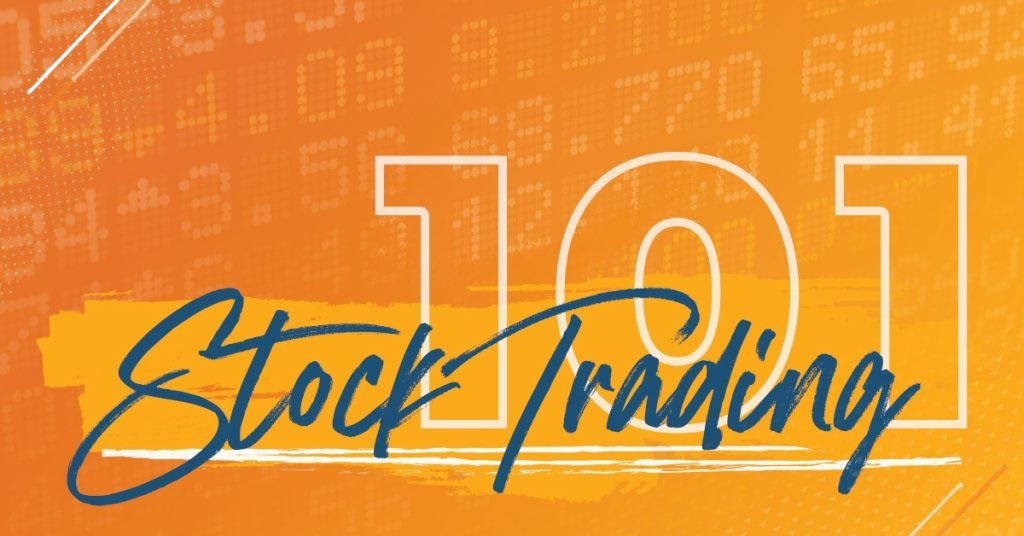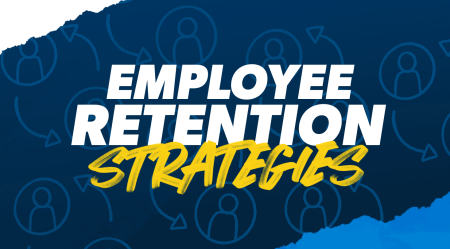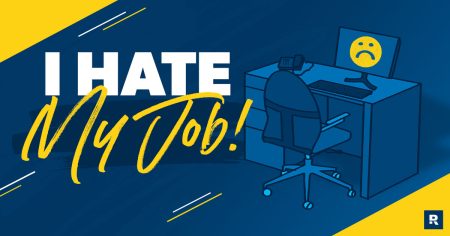A lot of people get into stock trading with these grand visions of finding the next Apple or Facebook to invest in and making a huge fortune.
But stock trading is a lot like fishing. Your buddy will gladly tell you all about “the big one” he caught on his last fishing trip, but he’ll never tell you about all the other times he came back to shore empty-handed.
It’s the same with trading stocks. For every success story about single stocks, there are dozens of heartbreaking tales of wide-eyed investors who watched thousands of dollars slip away because someone sneezed the wrong way and the stock market panicked. That’s what happened to Greg.
Greg messed around with single stocks for a bit and it was fun—for about two seconds. He watched his stocks grow and grow . . . and then before he knew it, his money was gone. Now if he had just invested that money into a good mutual fund and left it alone, he could have been a quarter-of-a-million dollars richer today. We bet Greg still has nightmares about it!
Let’s take a closer look at stock trading, how it works, and why it’s probably not the best way to invest your hard-earned cash.
What Is Stock Trading?
Stock trading is the act of buying and selling stocks frequently with a goal of making short-term profits instead of focusing on long-term gains.
But wait—let’s back up. As a refresher, stocks represent shares (or tiny pieces) of a company. When you buy stocks, you’re a part owner of the company. Congratulations! If business is booming, then the value of the stock will go up. And when times are tough, the stock’s value goes down.
With stock trading, the goal is to “time the market.” That’s investing talk for buying stocks when they’re low and then selling them when they’re high in order to make a profit.
How Does Stock Trading Work?
To start trading stocks, you need to open up a brokerage account through a stockbroker or brokerage firm that will be able to hold your investments.
Once you’re ready to start buying and selling stocks and start making transactions, your stockbroker will make those trades on your behalf. Those services usually come with commissions and fees that pile up quickly when you’re actively trading, so traders have to make sure their winnings are enough to outweigh these costs. But even “commission-free trading” has hidden costs.
For example, you’ll still have to pay capital gains taxes on any profits you make from trading stocks. When you profit from selling stocks that you held for a year or less, you’ll pay the short-term capital gains tax (it’s the same as your income tax bracket). If you hold onto your stocks for more than a year before selling them for a profit, then you’ll pay the long-term capital gains tax—which can be 0%, 15% or 20% depending on your income.1
There are basically two types of stock trading: active trading and passive trading.
- Active trading: Active traders are always glued to their computer screens, buying and selling stocks based on what direction they’re moving in right now (they couldn’t care less about long-term trends). While many active traders usually make dozens of trades each month, some traders engage in day trading—which is an extremely aggressive form of active trading where stock traders make multiple trades each day.
- Passive trading: Instead of buying and selling stocks every day or after a couple weeks, passive traders like to hold onto their stocks for a little longer—sometimes months or even a year or two—before making moves. Unlike active traders who fixate on the direction stocks are moving every hour, passive traders are more likely to look at long-term trends. That’s why many passive traders choose to trade exchange-traded funds (ETFs), which are similar to mutual funds but are bought and sold like stocks.
Stock Trading vs. Long-Term Investing: Which Strategy is Better?
If it’s not clear by now: We do not like single stocks. And we definitely don’t like stock trading.
Market chaos, inflation, your future—work with a pro to navigate this stuff.
When you mess with single stocks, you’re not investing—you’re “chasing.” Here’s what happens: You buy a company’s stock when it’s low. You start to see it grow and grow and you get really excited. Each day or each month you have an idea or a goal of when to sell, but here’s the problem—you don’t know where the ceiling or the floor is. The stock starts to fall, but you stay in hoping it bounces back or you double down to chase what you lost. You keep chasing, hoping, wishing . . . and then it’s gone.
It sounds a lot more like a wild weekend in Vegas than a winning strategy for investing, doesn’t it? You see, stock traders always estimate the best-case scenario but never imagine the worst-case scenario. That’s how you lose your shirt!
Investors have a long-term perspective while traders have a short-term perspective. As an investor, we want you to focus on growth over the long haul instead of trying to make a quick buck right now. Investing and saving for retirement is a marathon, and slow and steady wins the race every time!
For long-term investing, you want your nest egg to be “diversified,” which is just another way of saying you don’t want to put all your eggs in one basket! That’s why we recommend investing in good growth stock mutual funds that are stuffed with stocks from dozens of different companies. That way, you get to enjoy the long-term growth of stocks without relying on the success of one or two companies.
Now look, if you tell me you’re out of debt and you have a fully funded emergency fund and you’re investing 15% of your gross income into your 401(k) and IRA for retirement—in other words, you’re completely taken care of for retirement—and you’re thinking of putting a couple hundred bucks here and there into single stocks, we won’t throw the flag on you. As long as it’s a very small percentage of your overall net worth.
But stock trading should never be the foundation of your investing strategy—all that’s going to give you is heartburn, regret and an empty account!
Work With an Investment Pro
Here’s the deal: investing and saving for retirement is too important to do on your own. This is your future we’re talking about! You want to have someone on your side who knows what they’re doing, because the last thing you want to do is make a financial mistake with a bunch of zeroes attached at the end of it.
That’s why you need to work with an investment professional who can help you come up with a plan that will help you have the kind of retirement you’ve always dreamed about! Our SmartVestor program can connect you with a qualified pro in your area.
Ready to get started? Find a SmartVestor Pro today!
This article provides general guidelines about investing topics. Your situation may be unique. To discuss a plan for your situation, connect with a SmartVestor Pro. Ramsey Solutions is a paid, non-client promoter of participating Pros.
Read the full article here












